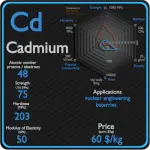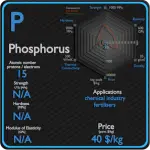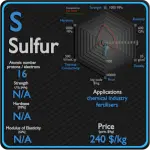This article contains comparison of key thermal and atomic properties of lithium and phosphorus, two comparable chemical elements from the periodic table. It also contains basic descriptions and applications of both elements. Lithium vs Phosphorus.
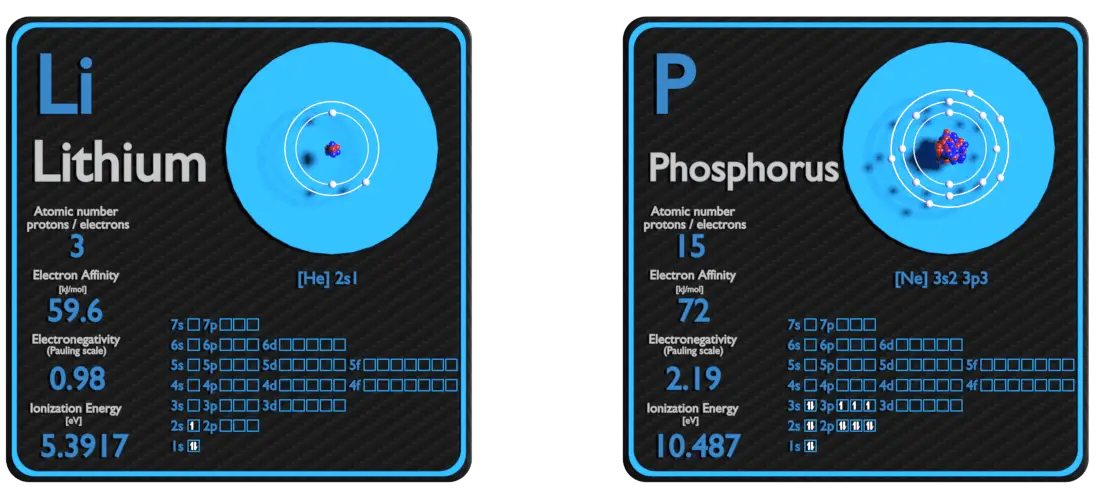
Lithium and Phosphorus – About Elements

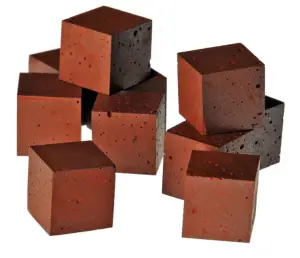
Source: www.luciteria.com
Lithium and Phosphorus – Applications
Lithium
Lithium has many applications, from lubricating grease, alloying additions in particular for aluminium and magnesium alloys, to glazes for ceramics, and finally, lithium batteries. In particular, lithium is and will continue to play an increasingly important role in the battery-powered clean air future. Lithium batteries are widely used in portable consumer electronic devices, and in electric vehicles ranging from full sized vehicles to radio controlled toys. The term “lithium battery” refers to a family of different lithium-metal chemistries, comprising many types of cathodes and electrolytes but all with metallic lithium as the anode.
Phosphorus
Phosphorus is an essential plant nutrient (the most often limiting nutrient, after nitrogen), and the bulk of all phosphorus production is in concentrated phosphoric acids for agriculture fertilisers, containing as much as 70% to 75% P2O5. The vast majority of phosphorus compounds mined are consumed as fertilisers. Phosphate is needed to replace the phosphorus that plants remove from the soil, and its annual demand is rising nearly twice as fast as the growth of the human population. Other applications include organophosphorus compounds in detergents, pesticides, and nerve agents.
Lithium and Phosphorus – Comparison in Table
| Element | Lithium | Phosphorus |
| Density | 0.535 g/cm3 | 1.823 g/cm3 |
| Ultimate Tensile Strength | 1.5 MPa | N/A |
| Yield Strength | N/A | N/A |
| Young’s Modulus of Elasticity | 4.9 GPa | N/A |
| Mohs Scale | 0.6 | 0.5 |
| Brinell Hardness | 5 MPa | N/A |
| Vickers Hardness | N/A | N/A |
| Melting Point | 180.5 °C | 44.1 °C |
| Boiling Point | 1342 °C | 280 °C |
| Thermal Conductivity | 85 W/mK | 0.235 W/mK |
| Thermal Expansion Coefficient | 46 µm/mK | — µm/mK |
| Specific Heat | 3.6 J/g K | 0.77 J/g K |
| Heat of Fusion | 3 kJ/mol | 0.657 kJ/mol |
| Heat of Vaporization | 145.92 kJ/mol | 51.9 kJ/mol |






